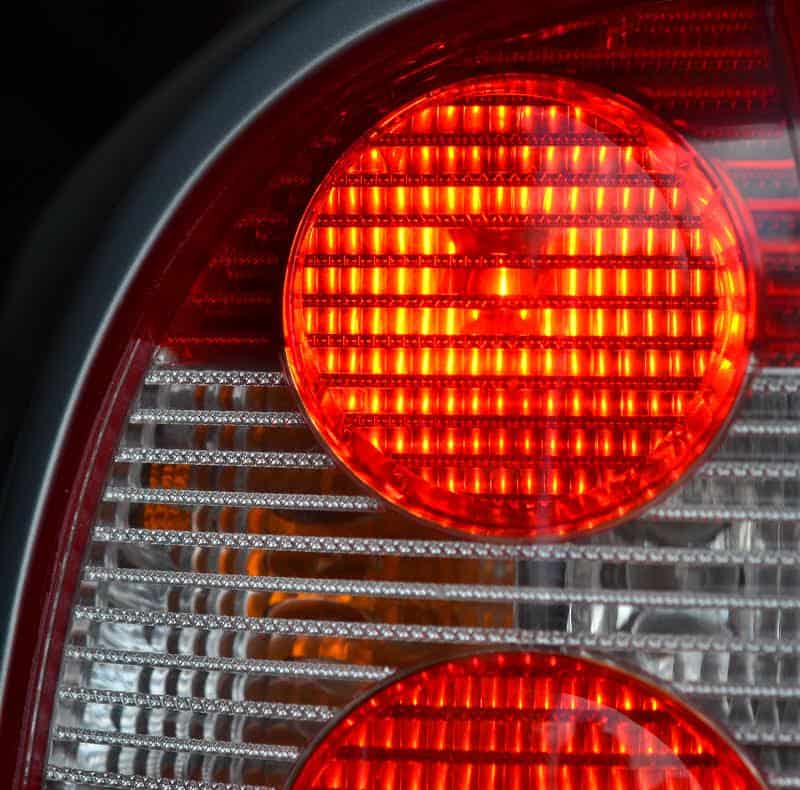How to Check Brake Lights Yourself

I have noticed many vehicles on the roads these days that have no brake lights at all. I was behind a minivan this morning that not a single brake light came on whenever they hit the brakes. Can you say dangerous?
These lighting systems were designed to alert other drivers to what it is that the driver of the vehicle is doing. These systems have evolved along with the automobile to consist of systems like brake lights; turns signal lights ( I wonder if some people think these are automatic), emergency flashers, headlights, and others that are optional depending on vehicle or vehicle option package like driving lights or fog lights. These systems are not just there for other driver’s safety, but yours as well.
I understand that it is difficult to press on the brake pedal and look at the brake lights at the same time- so here are a few simple tricks that you can do to check and see if the brake lights are working as well as your other exterior bulbs.
- On some vehicles, emergency and turn signal bulbs are the same as those used for the brake lights. If you turn on your emergency flashers or turn signals, and the bulbs don’t light up. There is a good chance that bulb is not working.
- At night, back up close to a wall and hit the brakes. You should be able to see a red glow on the wall showing if the lights are working.
- Have someone step on the brake pedal while you look at the back end of the vehicle. There should be at least 2 bulbs that light up regardless of the lighting configuration.
- It is not a bad idea, to make an easy reminder, to check all of your bulbs any time you change your oil. That way you are checking them quite often.
You can also ask to have your lighting systems checked (it’s usually free) when you visit your local repair shops.
So I ask you, PLEASE be a safe and courteous driver. Not only should you have your exterior bulbs checked, but use your turn signals any time you turn or change lanes.
More on Automotive Technology:








